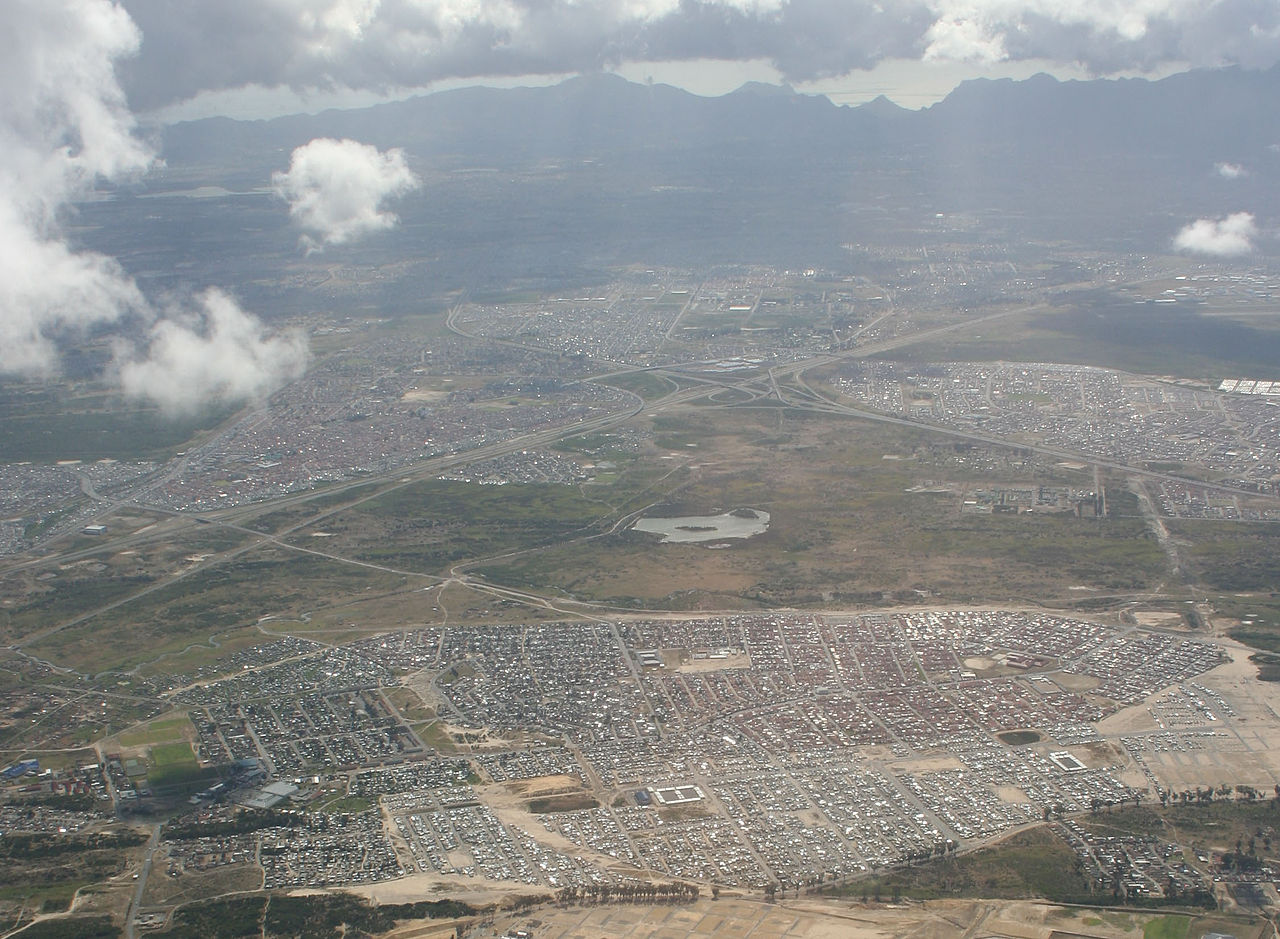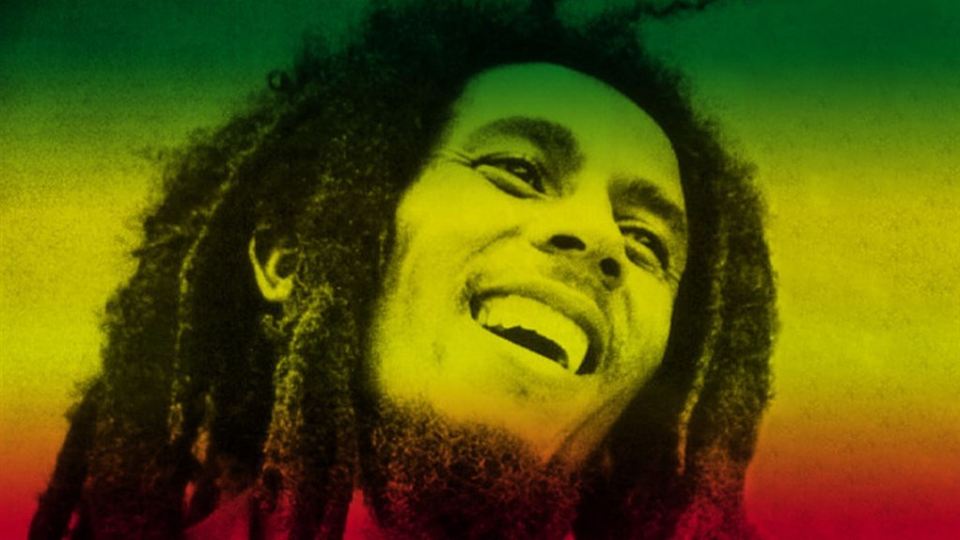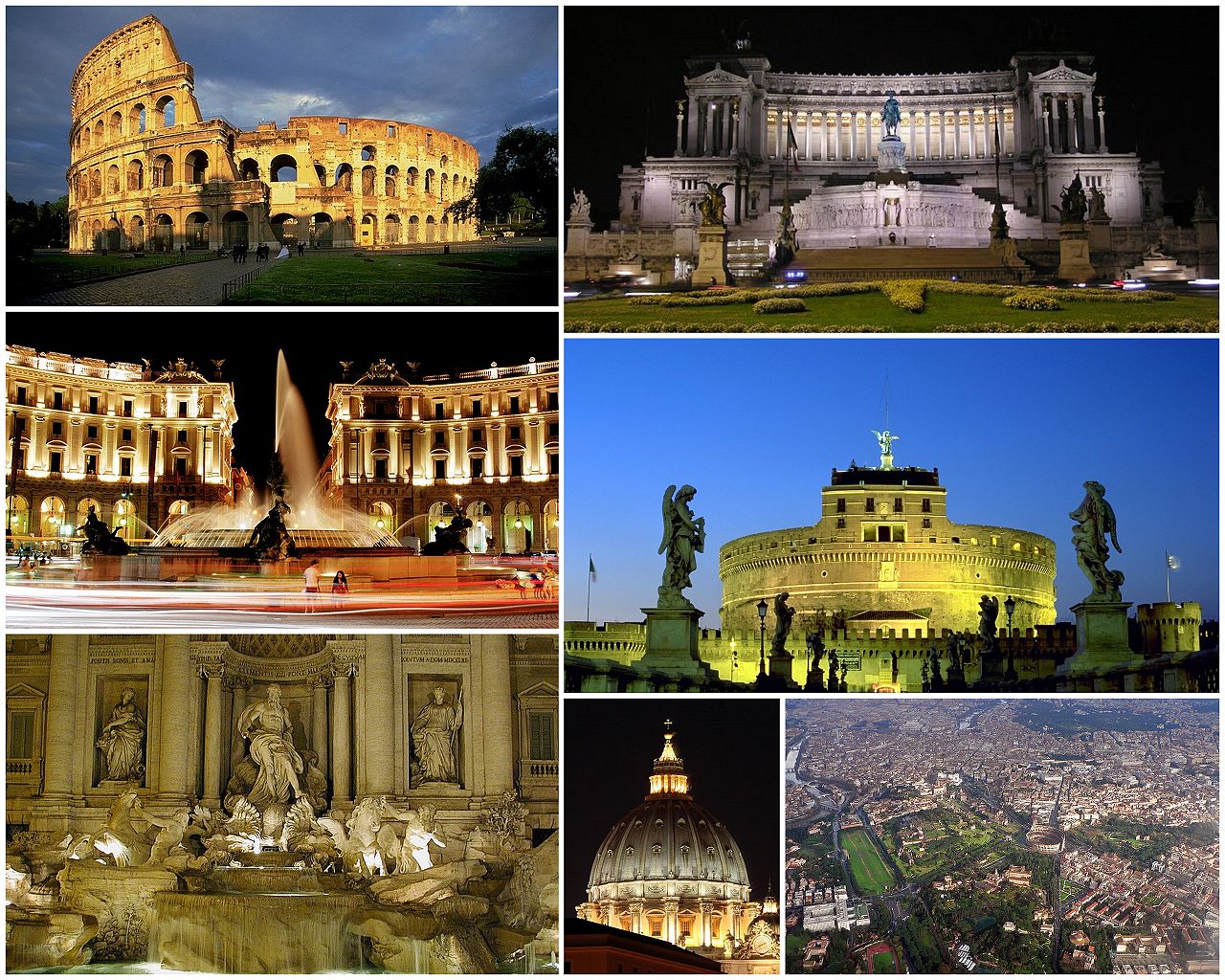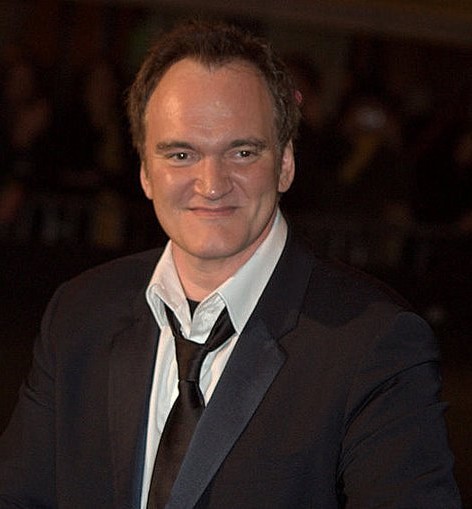We’re all buddy's
Most tourists visiting the Western Cape would opt for a few days in Cape Town and then set off on a leisurely tour up the Garden Route. A group of socially aware United States’ citizens, however, use their vacations to push the boundaries of contemporary tourism.
Sharmini Kumar, her physician husband and two children live in Santa Clarita, California, and run a successful chain of privately owned medical practices. Her eight-year-old son Dharan attends Mirman, a school for intellectually gifted children in Los Angeles. Santa Clarita was voted bu CNN/Money as “the best place to live in California”. In March this year she brought Dharan to Cape Town to make “buddies” with children in Mfuleni, a new suburb on the edges of Khayelitsha. “Dharan didn’t want to come here, many of the children don’t. He was used to vacation in Jamaica or going to Disney World. This project was something that he couldn’t get a visual on.”
Kumar is a member of Global Buddies, an organisation that brings families from Los Angeles and surrounding areas together with families from the Mfuleni township. She heard about the project from Dianne Flannery, whose son goes to the same school as Dharan. Flannery and South African-born Czerina Patel spent a year fundraising and organising the trip and last month, 11 United States families, mostly consisting of one child and their mother, met with their new South African “buddies” for the first time in Kirstenbosch Gardens.
Kumar recounts, with a certain amount of more-than-motherly pride, that within a few days she saw significant change in her son, in his confidence and in his awareness of how privileged he is. Through the program, she visited a clinic for children with HIV/Aids and spent time with a terminally ill child of four, roughly the same age as her other son back home. She told Dharan about the child and he immediately made the comparison with his brother, saying he realised how lucky he was to have a healthy family.
Throughout the 10 days that the families spent together, a variety of activities took place; from the visiting children helping the elderly in the townships, to a trip up Table Mountain, From the adults building a playground, to the American families visiting their new buddies township homes. Above all, the project is far more than a normal tourist vacation: it provides endless benefit to both groups of people, from either side of the world.
The Global Buddies program, now in its second year, relies on funding from the USA and a team of dedicated workers in the Women for Peace-community centre in Mfuleni, where the week of activities is based. In the beginning there were obvious bureaucratic obstacles but the partnership between the centre and the US, was relatively seamless. Patel says “the centre and its volunteers were willing to commit to the project and realised how important and successful it would be”. The South African buddies, all of which go to the Women for Peace-centre on a regular basis, fill out questionnaires to see if they fit the criteria for the Global Buddies programme. The children have to have some basic English language skills, be willing to learn more and have the genuine commitment to the cause. From there, a small group is chosen for participation.
Patel points out that every one involved gains from the experience. For the SA participants, improving their English skills is a huge benefit. Along with this, many learn to be more confident with speaking publicly. Quite often they see the young American children’s ambition for education and decide they also want to continue with school. As most of the children want to keep in contact with their new friends, they learn how to write emails and letters to keep up their correspondence. For the visitors, not only are they gaining friends from across they globe, they are also experiencing and learning about cultural diversity.
“First I wanted to be a fireman,” admits visiting eight-year-old Austin Sherrill, “but now I want to be an inventor, so I can help the people here in South Africa with my inventions.” For him and his father Rinaldo it is their second visit to Cape Town, were his mother Cynthia already visited once before them. “I realized that the Unites States is not the best and only country in the world. The people here (in Mfuleni) are more generous, nicer and very friendly”, smiles Austin.
Cynthia Sherrill, a former educational planner from Santa Monica, now works fulltime for the Global Centre for Children and Families, part of the University of California, Los Angeles (UCLA), a sponsors of the Global Buddies program. “In LA our family already participated in certain community projects, like recycling bottles, where the earned money goes to the underprivileged. Because of the idea that ‘everyone can make a difference’ we decided to look further and also look abroad.”
Sherrill rolled into the program the same way Kumar did: her only child also attends the same Mirman school as the children of Flannery. The enthusiastic story of Dianne did the rest, admits Cynthia. “Even though there are many differences between us (the Americans) and the people over here, there are just as many similarities. It’s just impossible to do a project like this in the States, it wouldn’t work. Because of the many cultural differences there is so much for the kids, as well as for us of course, to learn. The same goes for the people that we meet; together we make a project of experiencing, understanding and learning. The beautiful thing about this project is the fact that you can see the impact – the result – make a lot of new friends and become more and more of a global, openhearted, citizen.”
Her efforts to make her son a global citizen paid off. “It’s about giving our children an international perspective and making them aware of the fact that they can also be happy with what they’ve got, instead of what they want to have.”
Even though a trip to Disneyland is way cheaper and preferred by most children to a trip to South Africa, Sherrill and Kumar brought their children to Mfuleni.This relatively new township, located about fourty kilometers from the City Bowl, started out as a squatter camp in the 90s and now houses around seven thousand people. Although Mfuleni is a predominantly ‘black’ township, the community is mixed up thru the flooding and fires in neighbouring townships as Phillipi, Nyanga and Khayelitsha in the late 90s, which forced many to move. In Novemer 2006, 358 Irish volunteers built seventy houses in one week as part of the Niall Mellon Township Trust. Throughout the year, the local staff of the trust build a further 220 free-standing houses with solar panels to heat the hot water geyser in Mfuleni. Like almost every other township, unemployment, poverty, HIV/AIDS, and a high crime rate are some of the most pressing problems in this poor township.
The price tag that comes along with the complete ten day experience (including flight and accomodation) is estimated between US$4,000–US$6,000 per person, and could of course also be spent in many other fancy locations. “But”, tells Cynthia, “with the money we pay for participating in the program, $ 1500 dollars per adult and $ 1800 dollars per child, we do not only support our own vacation, but also provide the kids from Mfuleni and their parents a day off. This gives them the ability to see sights in Cape Town – like Table Mountain or Robben Island – they have never seen before.” Austin laughs: “And now I rather go to my friends in South Africa then Disneyland.” Next to a ‘global’ buddie he has also became a ‘global’ citizen, the result of ten days of experiencing and learning. Just a small effort for such a big lesson.













